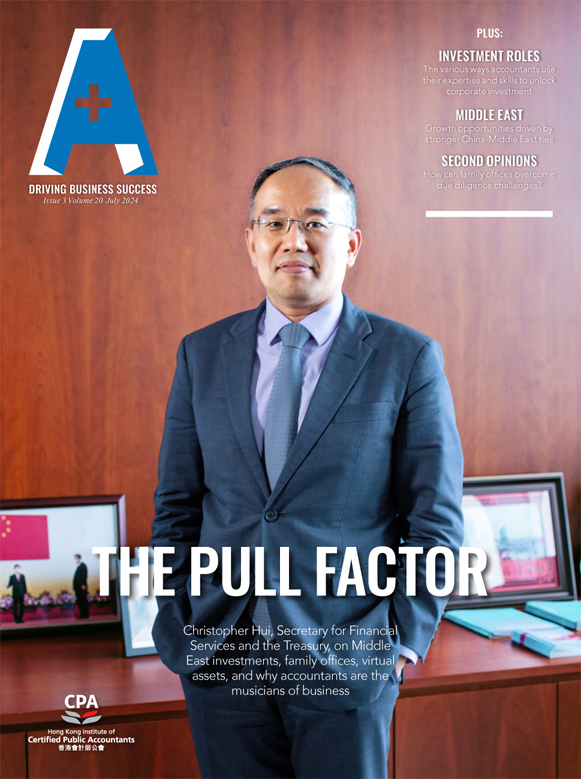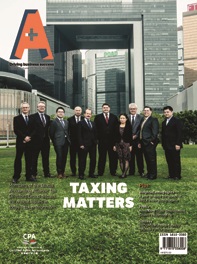With this book, David Lubin, a high-profile Citigroup strategist in New York, clearly and evocatively sets out the story of what makes money flow from big, high-income countries in to lower-income countries, and what makes it flow out again.
History is important when it comes to fund flows, as Lubin illustrates, and he quickly invokes John Kenneth Galbraith’s line about how a “kind of sophisticated stupidity” means lenders and borrowers fail to understand that the “future might not be as rosy as the present.”
Lubin admits bankers are still searching for an answer as to how developing countries can access global capital markets “in a way that generates stability and growth rather than volatility and crisis.”
While Lubin briefly traces the first modern era of globalization beginning in the 1850s, he focuses on the post-1970 era. The book’s title, however, refers to the danza de los millones, coined by the Venezuelan writer Rafael Antonio Cisneros to describe a 1920 episode in which Wall Street poured money into Cuban sugarcane production. Within a year, interest rates had risen in the United States and the North American beet crop had recovered, drawing U.S. money back home. Cuba’s sugar industry never recovered.
Lubin’s first chapter looks at the 1970s, which saw developing countries gain access, for the first time since the 1930s, to measurable inflows of capital from international financial markets. He explains how capital allocation worked and the importance of inflation in understanding capital flows, including how the U.S. Federal Reserve’s effort to defeat inflation in the early 1980s turned a boom into a bust. That was the beginning of an important phase of emerging markets’ development – “the overwhelming influence of U.S. monetary policy in their economic life.”
That influence led to the British economist John Williamson coining the expression “Washington Consensus” to describe the U.S.-dominated policies of the day: “keep budget deficits small, spend public money wisely, keep tax rates low and the tax base high, allow the market to determine interest rates, let the exchange rate be competitive, reduce barriers to trade, let in foreign direct investment, privatize state enterprises, abolish regulations that restrict competition and provide secure property rights.
Succeeding chapters examine Latin America’s “lost decade” of the 1980s and the later emerging markets crises of the 1990s and 2000s. Those events, Lubin argues, created much distrust of the international financial system among developing-nation governments, prompting many to strengthen their balance sheets to “protect themselves against the volatility of capital flows.”
The fourth chapter examines Mainland China’s development since the early 2000s and how Beijing has increased its influence on the economic life of developing countries. Lubin argues the current phase of globalization has been a gift to developing countries and the Mainland has played a key role in spreading wealth. “In the late 19th and early 20th centuries,” he writes, “industrialization visited only the developed world; India, China, and the rest of the developing world stayed poor. By contrast, the modern era of globally-integrated markets has seen developing countries benefit above all.”
Lubin’s book includes rapid pen-portraits of a host of key but often unfamiliar figures in international monetary history, such as Edwin Kemmerer, a professor at Princeton University in the U.S. who was a financial advisor to the Chinese government in the 1920s; Emílio Garrastazu Médici, a general who kickstarted the Brazilian economy from 1968; and David Mulford, a then 37-year-old American banker who joined the Saudi Arabian Monetary Authority in 1974 to oversee its early stages of cautious investment.
Few characters are as colourful as Justin Yifu Lin, a Chinese economist, who in 1979 as a Taiwanese army captain defected to Mainland China by swimming from the island of Quemoy, where he was stationed. A former World Bank chief economist, Lin has advocated against Mainland China fully liberalizing its capital account, a frequent demand of its trading partners. He argues that short-term capital inflows in particular do little to support any increase in productivity and that the “volatility of these flows is inconsistent with a developing country’s economic stability.”
Lubin notes Lin’s support of former People’s Bank of China governor Zhou Xiaochuan’s idea to adopt a concept of “managed convertibility” with a focus on the managed build-up of external debt and the flow of short-term speculative capital. Lubin concludes: “Just as U.S. economic dominance created a U.S.-shaped era of globalization, an emerging China will increasingly take part in a process that will make the international financial system more shaped by China: less Washington Consensus and more Beijing Consensus.”
Author interview: David Lubin
As Managing Director and Head of Emerging Markets Economics at Citigroup, the American banking giant, Mainland China looms a lot larger in David Lubin’s mind than when he joined the bank in 2006.
“China’s last round of stimulus, which lasted from late 2015 until late 2017, did something amazing to the global economy,” he says. But he is less optimistic about the future of the renminbi. “China’s ambitions for the renminbi are actually incompatible with the current structure of the international monetary system.”
Lubin argues that if Beijing wants the renminbi to be a global reserve currency, it has to be a fully convertible currency. “That’s an important constraint because China, in my view, has no desire whatsoever for the renminbi to become fully convertible.”
Opening up the Mainland’s securities markets won’t do much to change things, he adds. “Even if the inclusion of Chinese bonds in global indices brings in a few hundred billion dollars of portfolio inflows over the next couple of years, this doesn’t have any real bearing on the renminbi’s future as a global reserve currency,” Lubin argues. “After all, foreigners own some 40 percent of the Indonesian government’s rupiah-denominated debt, and no one would claim that the rupiah is on course for any global significance.
Lubin’s interest in Mainland China began in 1989, when he joined HSBC in London. His career started in the field of sovereign debt restructuring negotiations with governments in Latin America and Eastern Europe, but in 1993 his focus shifted to emerging markets research. As capital shifted to Asia, so did Lubin’s interest.
The Belt and Road Initiative (BRI) is another project that attracts Lubin’s attention. He sees the BRI becoming more international. “A BRI that is characterized by co-financing will be a more even-handed, a more transparent and less exclusively Chinese.”
While he expects that the Mainland will have looser control in the future over BRI, it will be tougher for other powers to accuse Beijing of neo-colonialism or creating “debt traps” in the developing world.


















